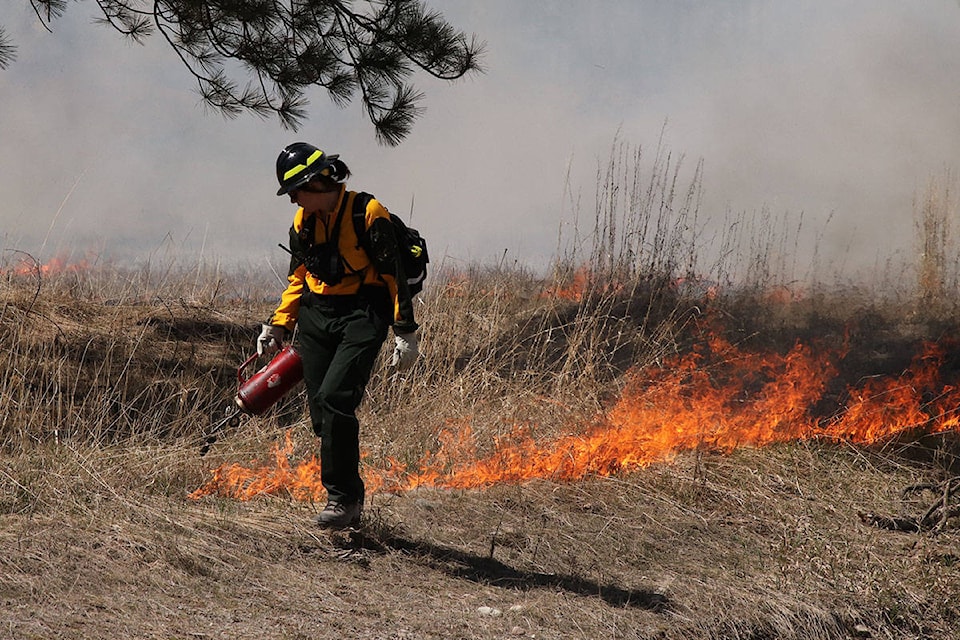Wildfires have been front and centre in the minds of British Columbians over the last few years, which recently experienced two of the worst fire seasons on record.
Internationally, the massive scale of wildfires in Australia this season has been at the forefront of the news.
With that in mind, the Rocky Mountain Trench Ecosystem Restoration Program is inviting the public to a free presentation wildfire activity and mitigation tactics such as use of forest thinning, prescribed burns and other treatments.
The free presentation will be held at the Ktunaxa government building gymnasium on Tuesday, March 10, starting at 7 p.m.
It will identify FireSmart strategies and cover historical fire activity in the region, as well as what is being done to adapt to a changing climate and improve fire resiliency.
“Combined, land use change, fire exclusion and global warming have made many forests highly susceptible to intense fires that are difficult to control and spread to large sizes,” reads a press release issued by the Rocky Mountain Trench Ecosystem Restoration Society. “Revolutionizing forest and fire management will improve ecosystem resilience to climate change, but we will not stop future fires from burning. Successful adaptation must include individuals and communities learning how to live with wildfire.”
The presentation will be led by Dr. Lori Daniels, Professor of Forest Ecology in the Forest and Conservation Sciences Department at University of British Columbia and Don Gayton, a consulting ecologist with a Master’s degree in Plant Ecology from the University of Saskatchewan.
Daniels, who has worked on fire history in the East Kootenay for many years, directs the Tree-Ring Lab where she investigates and reconstructs past disturbances like forest fires and insect outbreaks, while also studying the impacts of climate and humans on forest change.
Backed with a research team at UBC, Daniels is researching wildfires and forest resilience to climate change in the B.C. Interior, Rocky Mountain National Parks and foothills of Alberta. She has served on B.C.’s Prescribed Fire Council and as an advisor to the 2017 Provincial Flood and Fire Review.
Gayton will provide his personal experience and chronology of fire, starting his young days before fast-forwarding to the 1990s in the Rocky Mountain Trench. It was then that Gayton learned about fire-maintained ecosystems and First Nations use of fire and contemporary prescribed burning.
Gayton, who has worked for the B.C. Forest Service, as well for FORREX, will recount people and events that have shaped conventional understanding of fire behaviour in the region’s dry forests and grasslands.
trevor.crawley@cranbrooktownsman.com
Like us on Facebook and follow us on Twitter
